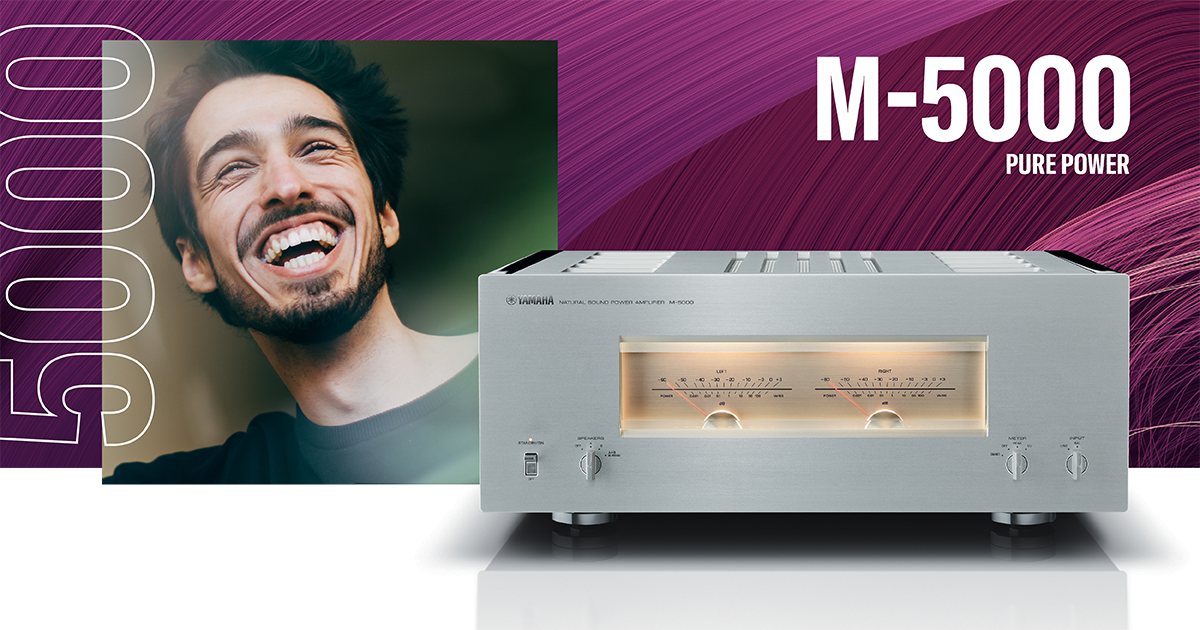Looking at the class A Luxman 595... it uses 330W
Looking at the Yamaha M 5000, it uses between 400 to 800 watts

 usa.yamaha.com
usa.yamaha.com
Does this mean that the Yamaha actually consumes significantly more power than the Luxman class A? I thought this was strange since class a/b are supposed to be more efficient.
Looking at the Yamaha M 5000, it uses between 400 to 800 watts

M-5000 - Specs - Yamaha - United States
With more than 130 years of experience, Yamaha has grown to become the world's leading sound company. The M-5000 embodies this spirit with time-honored craftsmanship and market-leading innovation and serves as the epitome of high-fidelity audio reproduction.
Does this mean that the Yamaha actually consumes significantly more power than the Luxman class A? I thought this was strange since class a/b are supposed to be more efficient.
